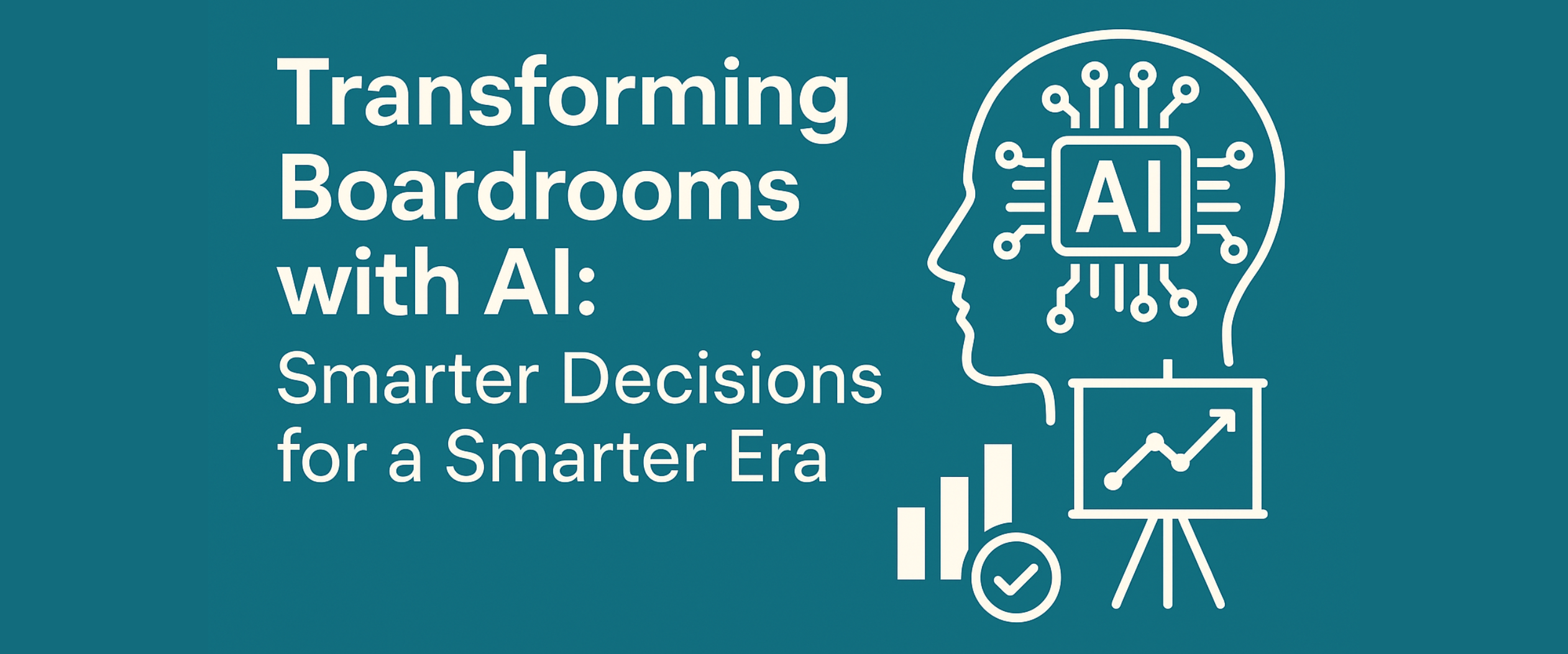
In an era defined by data, disruption, and digital acceleration, corporate boards face unprecedented complexity. Decision-making is no longer about reviewing static quarterly reports; it’s about responding in real time to financial, operational, and market dynamics. Enter Artificial Intelligence (AI)—a game-changer that’s reshaping boardroom effectiveness, strategy, and governance.
AI empowers boards with real-time insights, predictive capabilities, and the ability to automate routine processes. By integrating data from across finance, HR, operations, and external sources, AI enables directors to make well-informed decisions faster and with greater accuracy.
Key Technologies Driving the Change
Several AI-driven technologies are proving invaluable in modern boardrooms:
Tackling Key Challenges
Boards often face information overload, inconsistent reporting formats, and delays in accessing critical data. AI solves these issues by consolidating data into standardized, interactive dashboards that display real-time performance metrics and KPIs. This enables a unified, actionable view across business units.
Human biases—such as confirmation or recency bias—can also affect judgment. AI minimizes such risks by offering objective, data-driven recommendations. It alerts directors to outliers, compliance breaches, or financial anomalies before they become serious issues.
AI for Better Governance and Risk Oversight
In today’s regulatory landscape, compliance is non-negotiable. AI supports governance by continuously monitoring for anomalies and regulatory changes. Role-based access and encrypted data flows ensure confidentiality while AI systems flag risks in real time—be it suspicious transactions, changing data residency laws, or ESG-related exposure.
AI also strengthens stakeholder engagement by analyzing media, social sentiment, and investor feedback. Boards can gauge reputational risks, understand employee morale, and tailor communications to reflect stakeholder sentiment.
Streamlining Boardroom Operations
AI doesn’t just enhance decision-making—it makes board operations more efficient. NLP-powered tools can transcribe meetings, extract key points, and generate automated action trackers. This not only saves time but ensures follow-ups are executed and outcomes are measurable.
Interactive dashboards allow members to simulate "what-if" scenarios before making high-impact decisions. Whether evaluating a market entry strategy or responding to supply chain disruptions, boards are now equipped with the foresight to plan ahead.
A Responsible and Strategic Adoption
While the potential of AI is immense, organizations must approach adoption responsibly. Safeguards like regular audits of AI models, strong data governance, and human oversight for critical decisions are essential. Additionally, integrating ESG metrics into dashboards ensures alignment with sustainability and ethical mandates.
Conclusion
AI is no longer a futuristic concept—it’s a strategic necessity for agile, informed, and transparent board governance. By embedding AI into boardroom workflows, organizations can unlock smarter, faster, and more resilient decision-making, redefining how corporate leadership drives value in the digital age.